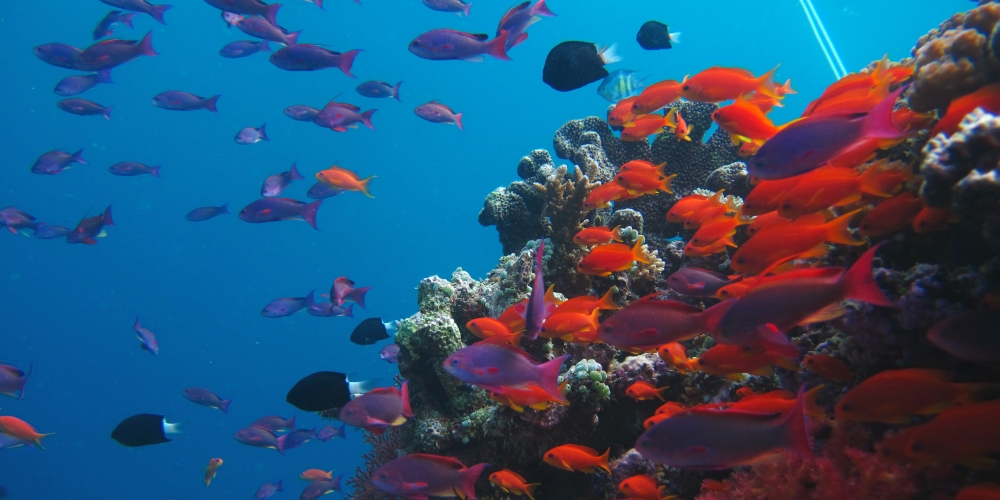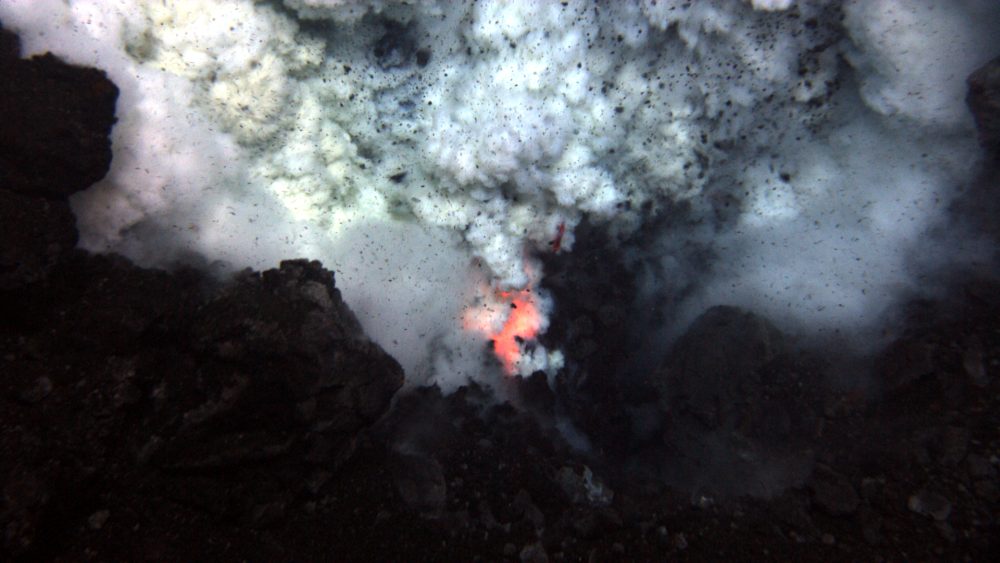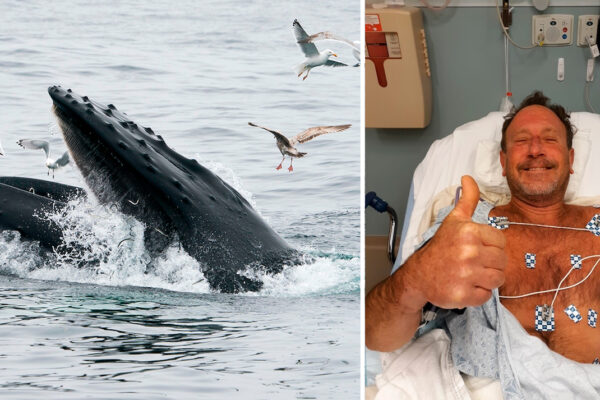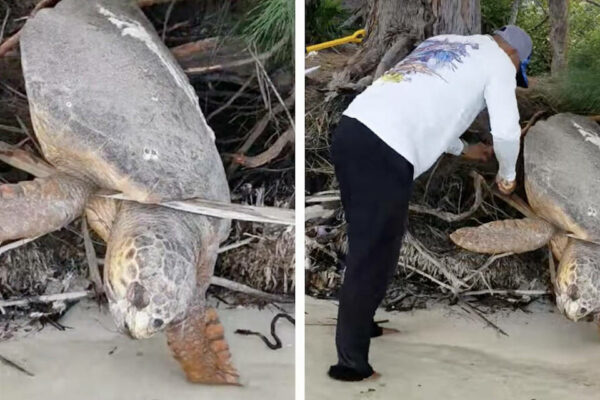Underwater Volcanoes Shelter More Life Than We Know
The oceans have been left a bit unexplored – compared to the surface of Mars and the moon! If the water is drained from the oceans, it would reveal the mostly unknown volcanic landscape that sustains beneath the ocean water. In fact, the majority of the earth’s volcanic activities occur underwater and in the depths of several kilometers – deep inside the ocean.
But compared to the volatile terrestrial volcanoes, detecting the eruptions under the seawater is extremely challenging. It is expeditions like those in Mariana Arc that show that the underwater volcanoes have a world beaming with life.
The ecosystem in these underwater volcanoes is very difficult to investigate – not just because it demands expertise and technology, but also because the ocean entails the world’s biggest secrets that are unknown to humans.
Scientists realized the extent of oceanic volcanism only around the 1950s after discovering the global mid-ocean ridge system. This finding held a strong foundation on the theory of plate tectonics. This exploration further helped researchers explore “black smoker” vents where mineral-rich “hydrothermal fluids” are ejected into the deep ocean.
These systems are known to influence the chemistry of the entire ocean. These vents also host the life of “extremophiles” – organisms that can survive in such extreme conditions which are thought to sustain no life.

The ancient seamounts are now home to corals, giving small fishes a hostile ground to survive | Image: GVI UK
Many ancient seamounts now host a range of corals and sponges. These sponges and corals form the foundation of the underwater jungle, which trap food particles, offering shelter to small fishes and creatures to lay eggs. Small fishes live around this vegetation, which further attracts larger marine creatures like whales.
Also Read: Underwater Volcanoes Can Produce Energy to Power an Entire Continent
With the expeditions conducted to date, scientists have found that seamounts have been teeming with life and considered them to be ‘biodiversity hotspot’. Seamounts can be viewed as fuel stations – where life can revive, refuge, and raise offspring. It is the home to foundational species from corals to shrimp, which can be found at seamounts worldwide.

Researchers found these volcanos release energy equivalent to that of the US’s energy use | Image: National Oceanic and Atmospheric Administration
Even in the extremely active underwater volcanoes, life has found its way. Microbes that are known to survive in extreme conditions, form the basis of the food chain. They take in hydrogen, sulfur, methane, and other compounds from the hydrothermal vents, converting them into energy.
This discovery has pushed our ideas of what life is and where it can possibly exist. Many scientists believe that it is these unusual conditions of the seafloor hydrothermal system which would have provided a suitable environment for the origins of life on earth.
Currently, efforts are being made to collect data on submarine volcanic events. An array of seafloor instruments can get real-time data and capture events underwater as they occur. Through continued mapping efforts and sampling of the ocean floor, the volcanic character of the oceans can soon be understood to some extent.
Via: Vox


